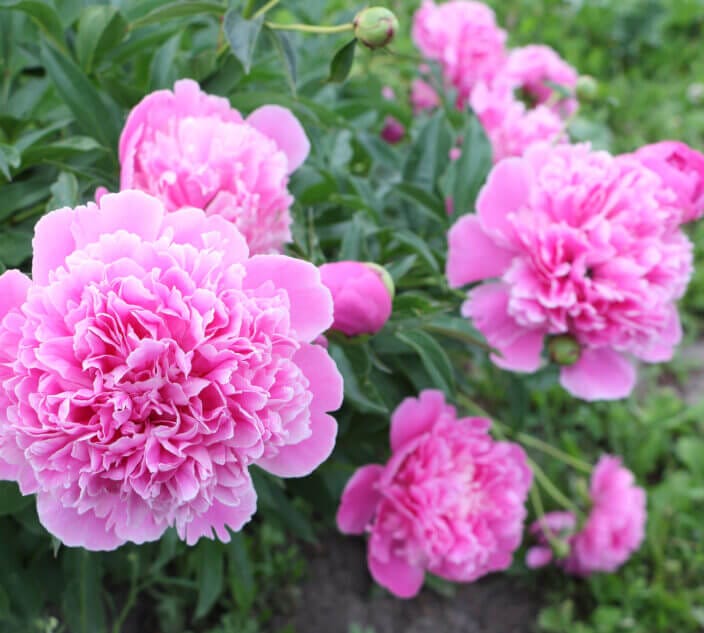It is difficult to determine exactly how the other plants made their way into the herbal products. It could be due to cross-contamination during processing, or it could be even be purposeful. “I suspect that the herbal industry is a victim of substitution and/or contamination in the supply chain,” Newmaster said in an interview with Allergic Living. “They purchase herbs just like consumers do, but at a larger scale.”
Since the plant matter is usually in a powdered or processed form, most manufacturers who buy large amounts of raw materials have no reliable way to verify what they’re purchasing.
The authors are not advocating the general public give up on herbal products – “there is a wealth of knowledge on the benefits of plant medicine,” says Newmaster, who has conducted research on the subject for 20 years.
Moving forward, he would like to see herbal products manufacturers embrace DNA barcoding technology to verify their products. In fact, he is working with his team to publish protocols for DNA barcoding, which commercial labs will be able to use to test foods or herbal products.
For those with severe food allergies or celiac disease who are using herbal products, there likely is no reason to stop if the specific brands aren’t causing any issues. (If you’re uncertain regarding symptoms, check with your doctor.) Concerns about a new product and how herbs are sourced should be directed to the manufacturer.
Unlike drugs, manufacturers don’t have to prove to the FDA that a herbal product is safe with clinical trials and study data; instead, the product must be proven unsafe to be in violation. Health Canada originally regulated herbal products as tightly as prescription drugs, but later switched to a system similar to that used in the U.S.
Read the full study here.





